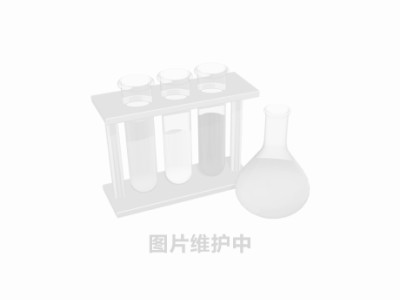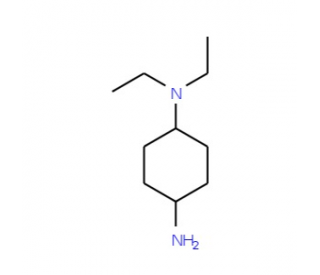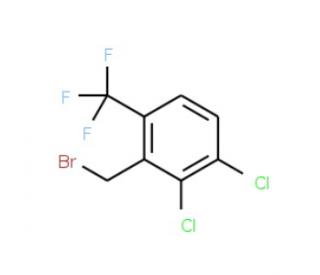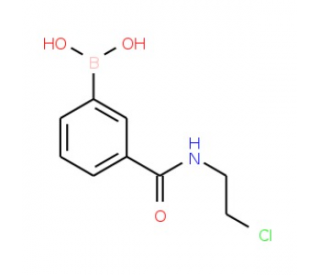详细说明
Species Reactivity
Cotton Rat
Specificity
Detects cotton rat CXCL10/IP‑10/CRG‑2 in direct ELISAs and Western blots. In direct ELISAs, less than 1% cross-reactivity with recombinant mouse CXCL-16 is observed. In Western blots, less than 5% cross‑reactivity with recombinant human CXCL10 and recombinant mouse CRG-2 is observed.
Source
Polyclonal Goat IgG
Purification
Antigen Affinity-purified
Immunogen
E. coli-derived recombinant cotton rat CXCL10/IP‑10/CRG‑2
Thr27-Val94
Accession # AAL16935Formulation
Lyophilized from a 0.2 μm filtered solution in PBS with Trehalose. *Small pack size (SP) is supplied as a 0.2 µm filtered solution in PBS.
Endotoxin Level
<0.15 EU per 1 μg of the antibody by the LAL method.
Label
Unconjugated
Applications
Recommended
ConcentrationSample
Western Blot
0.1 µg/mL
Recombinant Cotton Rat CXCL10/IP‑10/CRG‑2 (Catalog # )
Please Note: Optimal dilutions should be determined by each laboratory for each application. are available in the Technical Information section on our website.
Preparation and Storage
Reconstitution
Reconstitute at 0.2 mg/mL in sterile PBS.
Shipping
The product is shipped at ambient temperature. Upon receipt, store it immediately at the temperature recommended below. *Small pack size (SP) is shipped with polar packs. Upon receipt, store it immediately at -20 to -70 °C
Stability & Storage
Use a manual defrost freezer and avoid repeated freeze-thaw cycles.
12 months from date of receipt, -20 to -70 °C as supplied.
1 month, 2 to 8 °C under sterile conditions after reconstitution.
6 months, -20 to -70 °C under sterile conditions after reconstitution.
Background: CXCL10/IP-10/CRG-2
IP-10, also named mob-1 in rat and crg-2 in mouse, is a member of the non-ELR-motif containing CXC chemokine subfamily and has been designated CXCL10. It is induced in various cell types (including keratinocytes, endothelial cells, fibroblasts, smooth muscle cells, monocytes/macrophages, astrocytes, neutrophils, hepatocytes, T cells, epithelial cells and mesothelial cells) in response to stimulation by type I and/or type II interferon as well as by LPS. IP-10 has been shown to chemoattract activated CD4+ and CD8+ T cells, activated NK cells and smooth muscle cells. It also induces the adhesion of activated T cells to VCAM and ICAM. In addition, IP-10 has been reported to antagonize the angiogenic activity of FGF. IP-10 binds to and activates CXCR3, the chemokine receptor that is shared by MIG/CXCL9 and I-TAC/CXCL11, two additional non-ELR CXC chemokines that are induced by interferon. Cotton rat IP-10 cDNA encodes a 94 amino acid (aa) residue precursor protein with a putative 21 aa signal peptide and a 73 aa mature protein with one potential N-linked glycosylation site. Mature cotton rat IP-10 shares 66%, 64%, and 66% aa sequence identity with rat, mouse and human IP10, respectively (1‑7).
References:
Vanguri, P. and J.M. Farber (1990) J. Biol. Chem. 265:15049.
Liang, P. et al. (1994) Proc. Natl. Acad. Sci. USA. 91:12515.
Proost, P. et al. (1993) J. Immunol. 150:1000.
Blanco, J.C. et al. (2001) GenBank Accession # AAL16959.
Neville, L.F. (1997) Prog. Growth Factor Res. 8:207.
Belperio, J.A. et al. (2000) J. Leukoc. Biol. 68:1.
Soejima, K. and B.J. Rollins (2001) J. Immunol. 167:6576.
Entrez Gene IDs:
3627 (Human); 15945 (Mouse)
Alternate Names:
C7; chemokine (C-X-C motif) ligand 10; CRG2; CRG-2; CXCL10; gIP-10; IFI10; INP10; IP-10; mob-1; SCYB10










 粤公网安备44196802000105号
粤公网安备44196802000105号